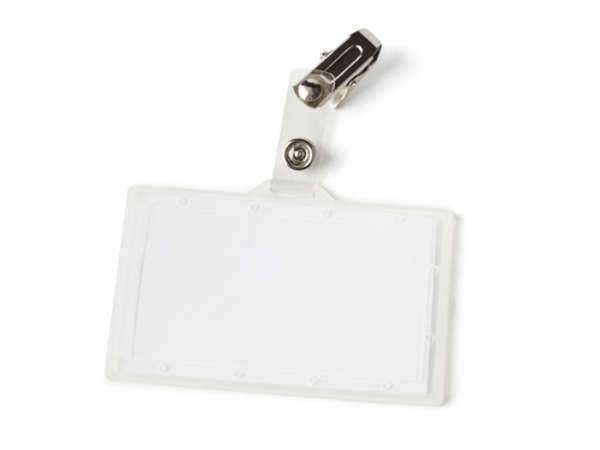
Changing Name After Marriage
Marriage is a significant milestone in one’s life, symbolizing the beginning of a lifelong partnership. For many individuals, changing their last name after marriage is a customary practice. While not all couples choose to follow this tradition, it can be a meaningful way to embrace a new identity as a married couple. In this article, we will explore the process and considerations involved in changing your name after marriage.
1. Understanding the Reasons:
Before deciding to change your name after marriage, it is essential to consider your motivations for doing so. Some common reasons include:
a) Symbolizing unity: Changing your last name to your spouse’s can be seen as a way to signify unity and solidify your commitment to each other.
b) Tradition and cultural significance: In many cultures, changing one’s last name is a traditional practice that holds cultural significance and is seen as a way to honor family and heritage.
c) Simplifying legal matters: Sharing a last name with your spouse can simplify legal matters, such as obtaining joint bank accounts, signing documents, or traveling together.
2. Check Legal Requirements:
The process of changing your name after marriage involves documenting the change legally. It is essential to understand the specific requirements in your jurisdiction. Common steps may include:
a) Obtain a marriage certificate: Before initiating the name change process, ensure that you have a certified copy of your marriage certificate, as it serves as proof of the marriage.
b) Research legal procedures: Research the laws and regulations in your area regarding name changes after marriage. Some jurisdictions require a court order, while others may have a simpler administrative process.
c) Visit the appropriate agency: Depending on your jurisdiction, you may need to visit a government agency, such as the Department of Motor Vehicles or Social Security Administration, to update your identification documents.
3. Notify Relevant Institutions:
Changing your name requires updating your identification documents, bank accounts, and other personal records. Consider the following institutions when updating your name:
a) Social Security Administration: Informing the Social Security Administration about your name change is crucial, as it will ensure the accuracy of your Social Security records.
b) Department of Motor Vehicles: Update your driver’s license and vehicle registration records to reflect your new name.
c) Financial institutions: Notify your bank, credit card companies, and insurance providers about your name change to ensure your accounts are accurately updated.
d) Passport and travel documents: If you plan on traveling internationally, you’ll need to update your passport with your new name. Check the requirements of your country’s passport office for the necessary documentation and application process.
4. Informing Family, Friends, and Employers:
After completing the legal and administrative steps, it is important to inform family, friends, and employers about your name change. This helps avoid confusion and ensures that official and personal records are updated accordingly. You may choose to send a formal announcement or simply inform people individually.
Changing your name after marriage can be a way to symbolize unity, honor traditions, or simplify legal matters. It involves understanding the legal requirements in your jurisdiction, updating identification documents and personal records, and informing relevant institutions. Ultimately, the decision to change your name is a personal one that should be made with careful consideration and communication with your partner. Embrace your new identity as a married couple and celebrate this new chapter in your lives.




















